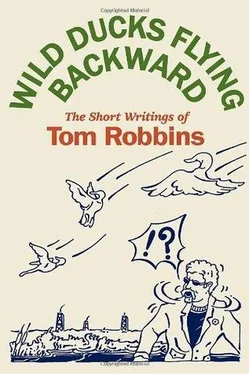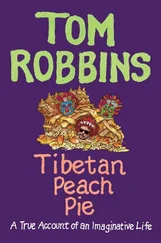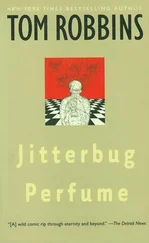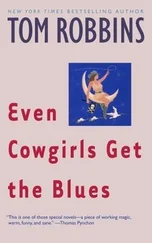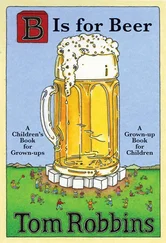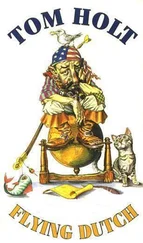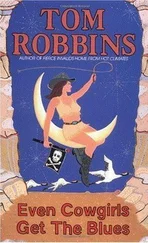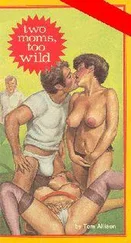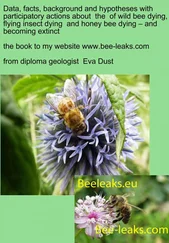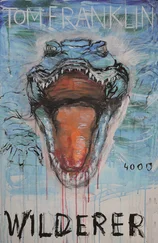“A normal human being expels flatus an average of fourteen times per day,” he goes on to say. There is general muttering. Few would have thought the figure that high.
“We are speaking of all human beings, from babies in diapers to lawyers in three-piece suits. The mechanic billows the seat of his greasy coveralls, the glamorous movie actress poots through silk— and blames it on the maid or the Irish wolfhound. ‘Naughty dog!’
“You people can do your math. That’s eighty-four billion expulsions of flatus daily, worldwide, year after year. And that’s just humans. Animals break wind, as well, so that wolfhound is not above suspicion. Anyway. We can explain reasonably well what flatus is: a gas composed primarily of hydrogen sulfide and varying amounts of methane. And whence it comes: generated in the alimentary canal by bacterial food waste, and vented through the anus. But where does it end up?”
Villagers look at one another, shake their heads.
“I won’t trouble you today with environmental considerations, though I’m certain you can conceive of an upper atmospheric flatus layer, eating away at the ozone. This will be covered in our film. What I want to share with you is the difficulties we have encountered in trying to photograph the elusive trouser ghost, a genie as invisible as it is mischievous.”
The director (a handsome man who wears a denim jacket and smokes a pipe) explains that attempts at spectrographic photography, while scientifically interesting, failed to produce an image with enough definition or optic impact to hold the attention of a lay viewer. And computer-generated animation seemed silly and fake. He goes on to explain how he and his staff fed a live model on popcorn, beer, and navy beans, then lowered her buttocks into a vat of syrup. Those of us who have just eaten pancakes for breakfast smile uneasily. “We got some marvelous bubbles,” the director says, “but a gas bubble per se is not a fart.
“On Saturday, we heard from a reliable source that a resident of this community, or someone who lives nearby, has succeeded in actually netting a rectal comet and maintaining it intact. We were skeptical naturally, and on deadline, but also excited and a trifle desperate, so we impulsively dropped everything and traveled here at once. Now we are asking for your help. Does this person— and this preserved effluvium — exist? We were told only that the captor in question is some rich girl…”
“ Witch -girl!” the audience cries out as one. Then, in gleeful unison—“Witch-girl”—they sing it out again.

As for what happens next, the village is of two minds. The village, in fact, has split into a pair of warring camps. We have come to refer to the opposing factions as “Channel A” and “Channel B.” Here are their respective versions.
CHANNEL A
A week passes. The television crew fails to return from the river. Suspecting foul play, the sheriff and his deputies tramp through the leafless forest and across the frozen bogs.
The witch-girl has disappeared. So have the director and his camerawoman. The audio technician is found sitting on a stump, a depraved glaze coating his eyes. When asked about the whereabouts of the others, the soundman mumbles, “The hole in the cheese.” Over and over, “Hole in cheese. Hole in cheese.” Until they take him away to a sanatorium. (Some joker at the feed store said they hoped it was a Swiss sanatorium.)
Eight months later, on Crooked Angle Island, a prospector stumbles across three skeletons, strangely intertwined. Inside the skull of each of them, rattling like a translucent jade acorn, is a perfectly crystallized fart.
CHANNEL B
The witch-girl is a big hit on PBS. Millions see her play the cello beside a bonfire, an owl perched on her shoulder. This has nothing to do with the subject of flatulence, but the director is obviously in her thrall.
She has a second fart-bottle on her nightstand now.
And throughout our township, television reception has significantly improved.
CODA
Perhaps it should be noted that sometime during this period, on an Argentine Independence Day, a notorious playboy fell to his death from one of the numerous gilded balconies of his Buenos Aires apartment. According to his mistress of the moment, he lost his balance while trying to capture with a gaucho hat a particularly volatile green spark that had escaped from a fireworks display in the plaza. “Es mío!” he cried as he went over the side. It’s mine.
After Yesterday’s Crash: The Avant-Pop Anthology, Penguin Books, 1995.
On the morning after the lunar eclipse,
she awoke with a funny feeling,
massaged her belly with hurricane drops,
rubbed barbecue sauce on her eyelids,
donned a necklace of alligator bones
and walked down to the Caribbee
where, asquat in a spice canoe,
she gave birth to a green banana.
“Not mine!” growled her husband,
pitching the new baby overboard
into the path of a barracuda,
who seized it like bait
just as lightning’s alchemical zippo
ignited the infant’s nib.
Transformed into a pufferfish,
the ’cuda was soon upstaging cookfires
as it puffed past the strand
in luxurious loopy-doops,
languid, masculine,
respiring like some kind of don
— waiting for a cognac rain.
You’ll never really see them
and there’s nothing left behind
to identify them in the labs of DNA.
And that footprint beneath your window
where in the night you saw the shadow
of a shadow of a shadow on the pane?
Just a heron with a gimpy
leg or some scarecrow run away to look for love.
When the owl suddenly freezes
on its perch atop the fir,
little ears cocked like nacho chips waiting for the cheese,
you yourself will listen hard
but only hear a scratching,
a clawing and a rasping
of the wind that wants to jimmy your locked door.
It’s said they’re a tribe of hermits
(whoever heard of such a thing?),
professors from the university of mud.
On paths of old mischief
they steal down from the hills,
bird nests for moccasins,
roadkill for their totem,
broken twigs like broken vowels spelling out their name.
While anthropology prays for day
to break and bring an end to nights it can’t explain,
you have to ask “Where are they,
then, and are they any different from the rain?”
Well, they seem to have an interest
in all those things you do
when you suspect that no one is around.
And somehow you know they’re out there
beyond the porch light’s reach,
in the brambles,
in the hedge,
or out behind the woodpile
where they certainly appear to feel at home.
You imagine them raw and willowy,
you imagine them splintered and dry,
you imagine them witch brooms come to life.
But no matter how you picture them
or joke that they’re your friends,
you can’t begin to grasp the shtik of stick.
The Stick Indian casino
is in your skull
— and you’ve already lost.
Last night
we attempted
a lint
transplant
but
her navel
rejected
it.
The old wolf trotted over the hill with a little pink heart in its teeth. A pattern appeared in the snow — a trail made by paws and tail and drops of candy-colored blood — and that pattern could be read as if it were a fairy tale, although the night was much too cold for fairies.
Читать дальше
